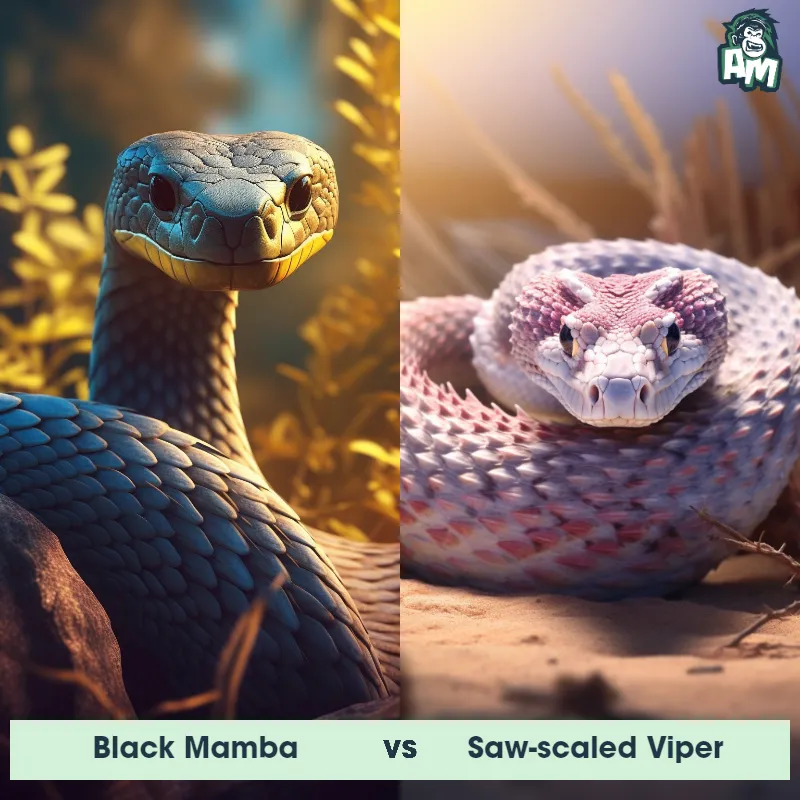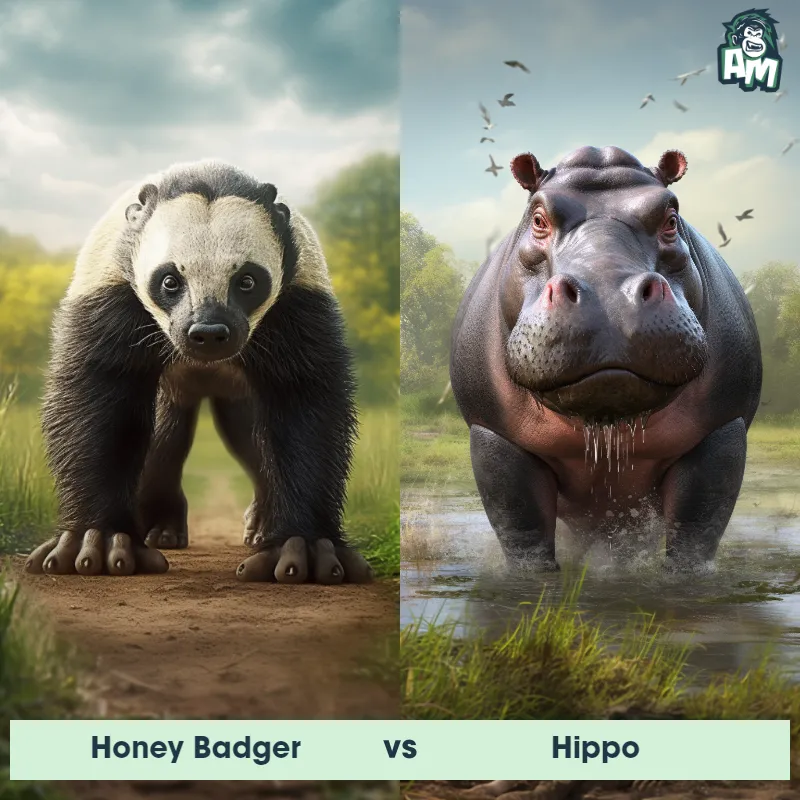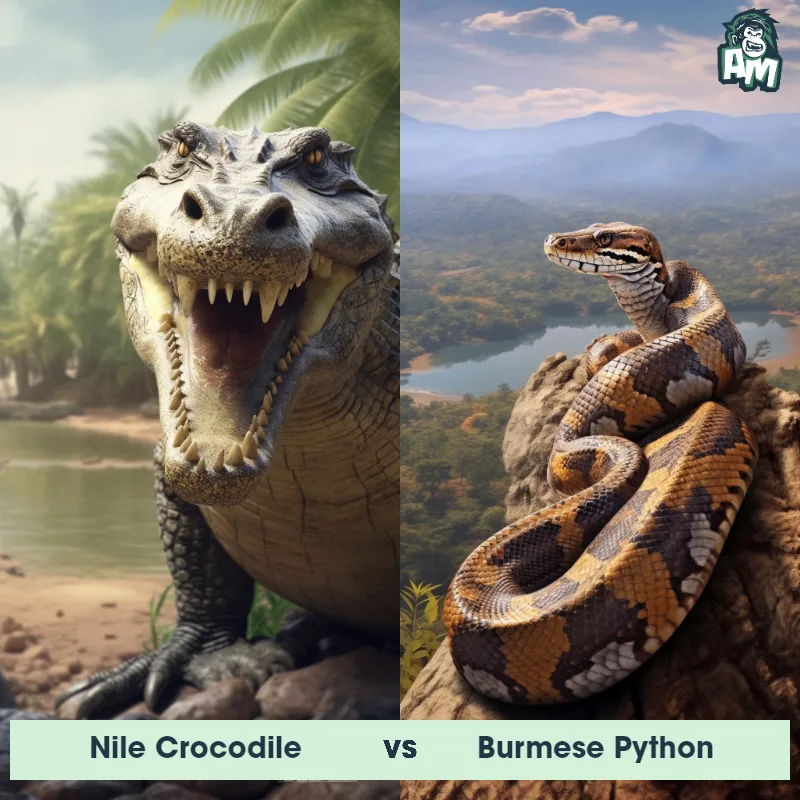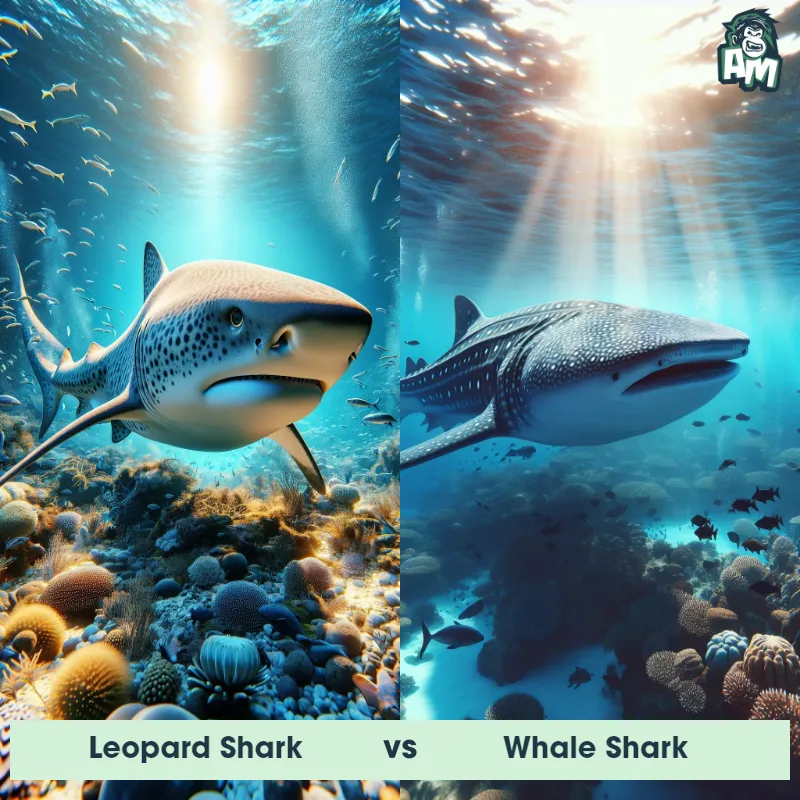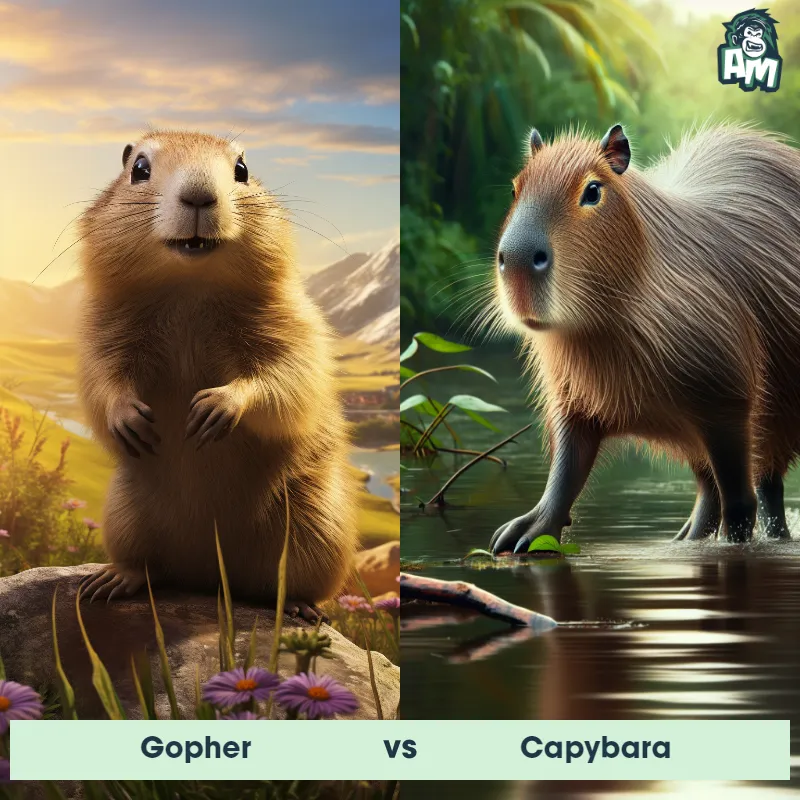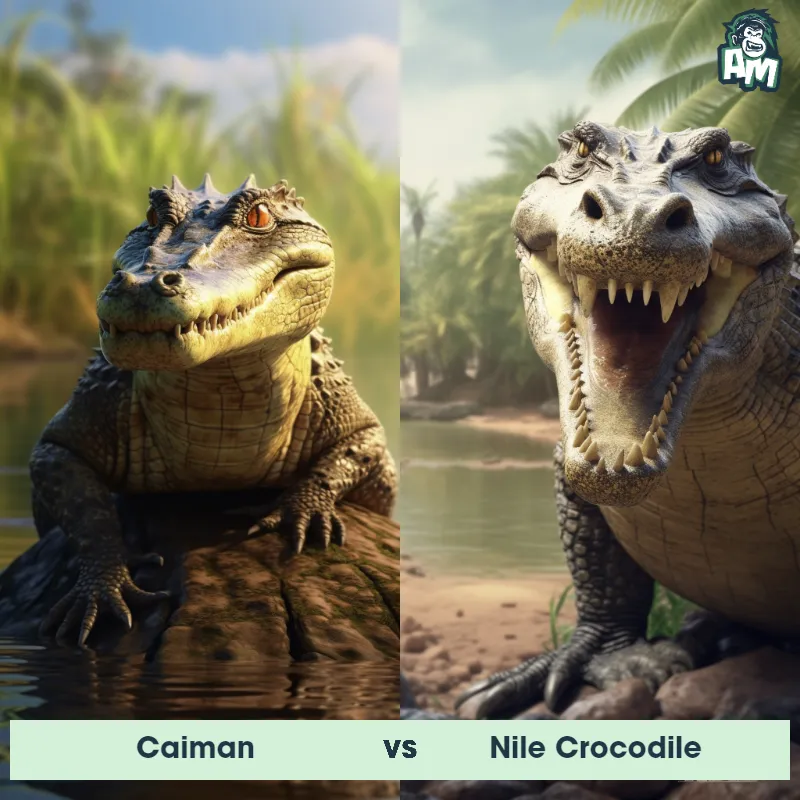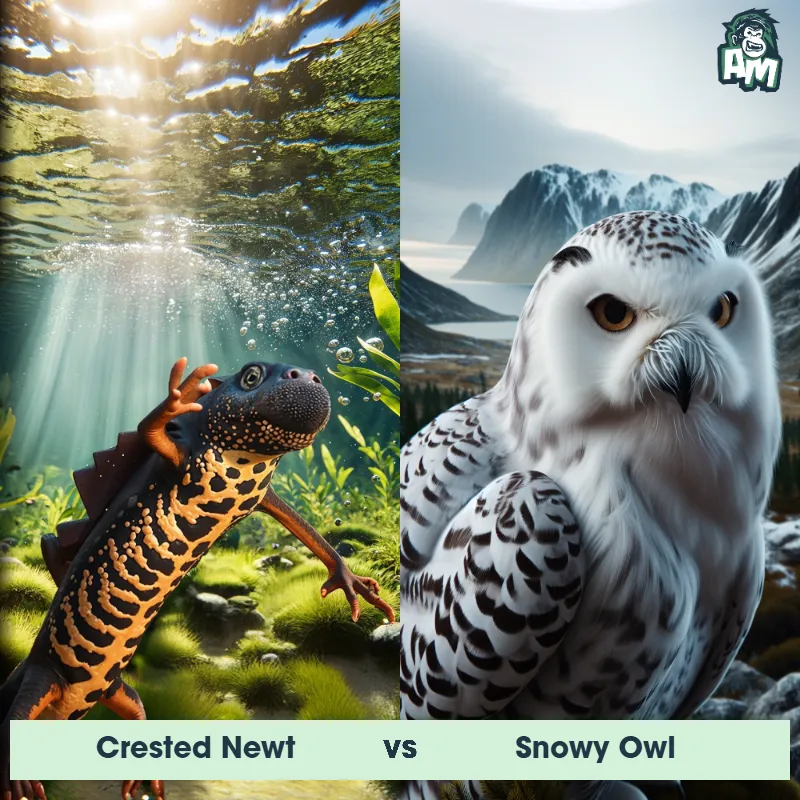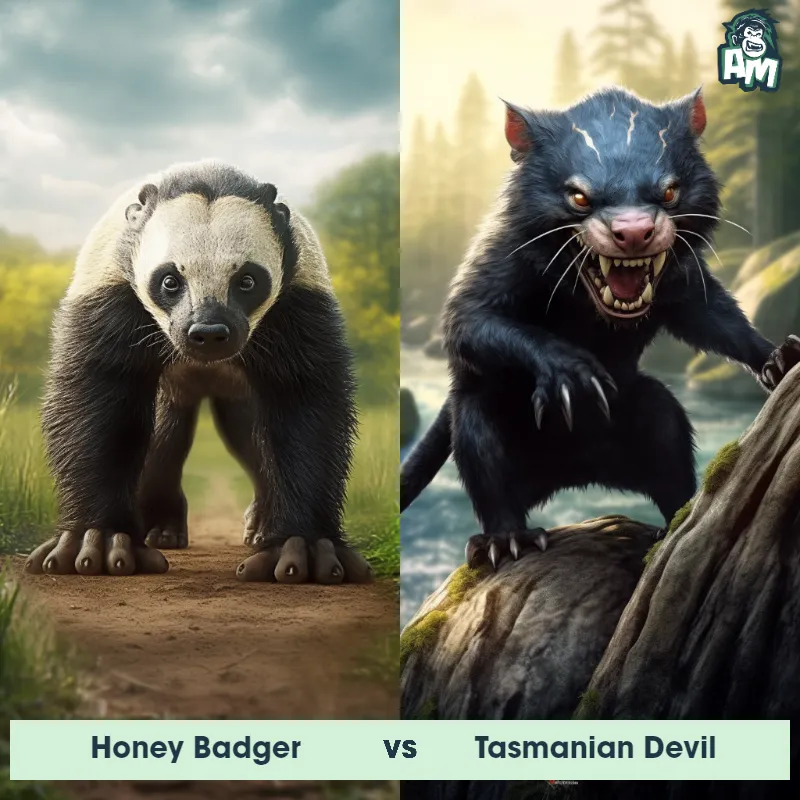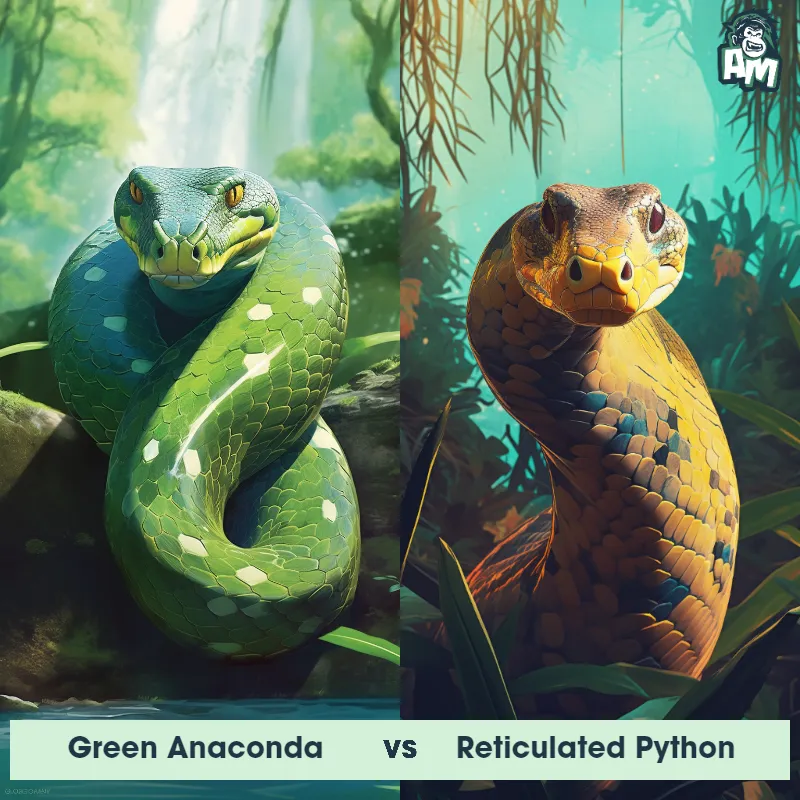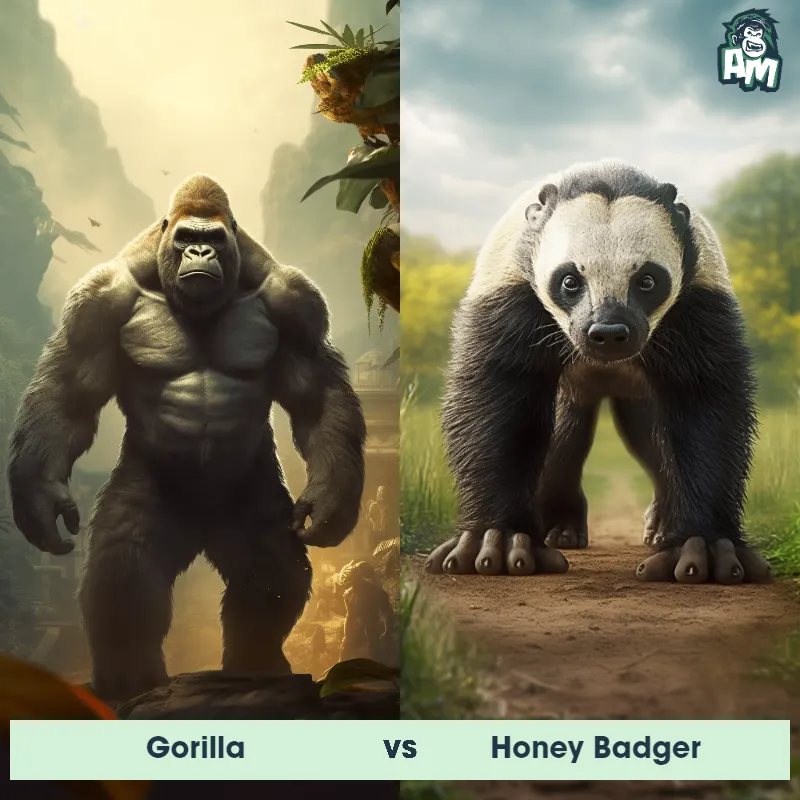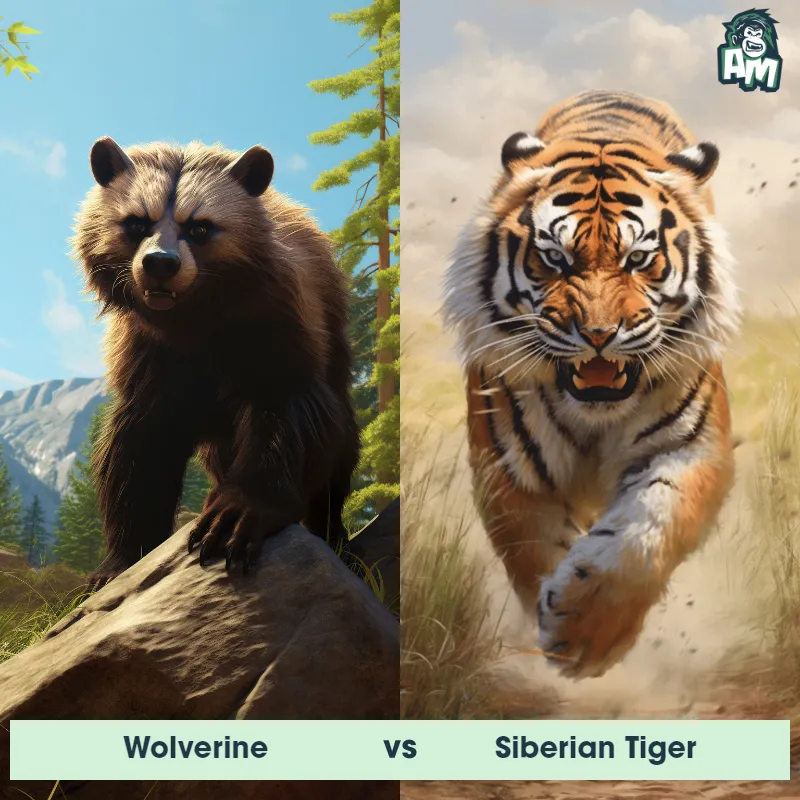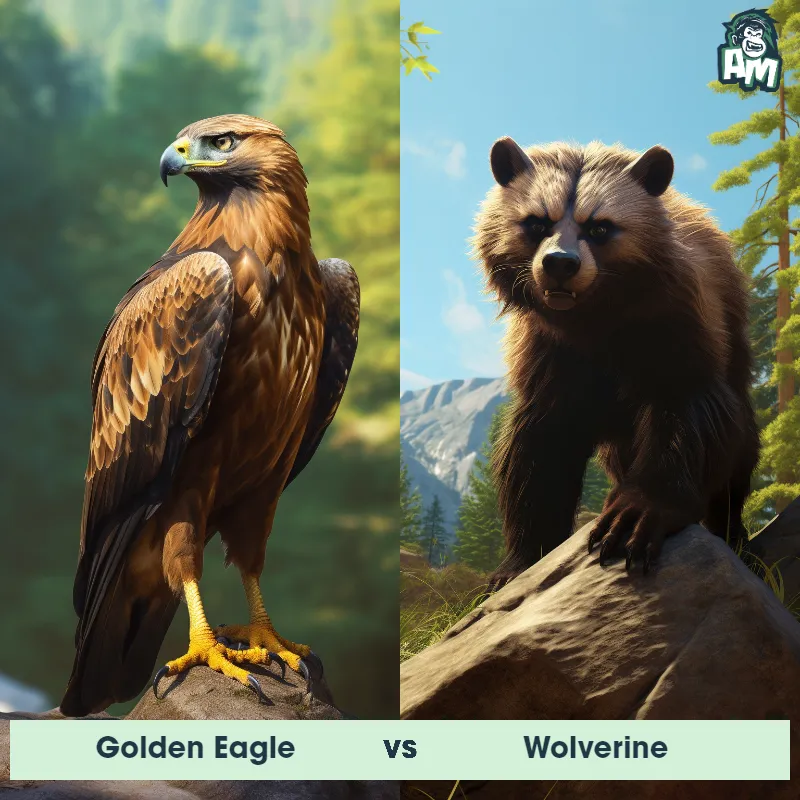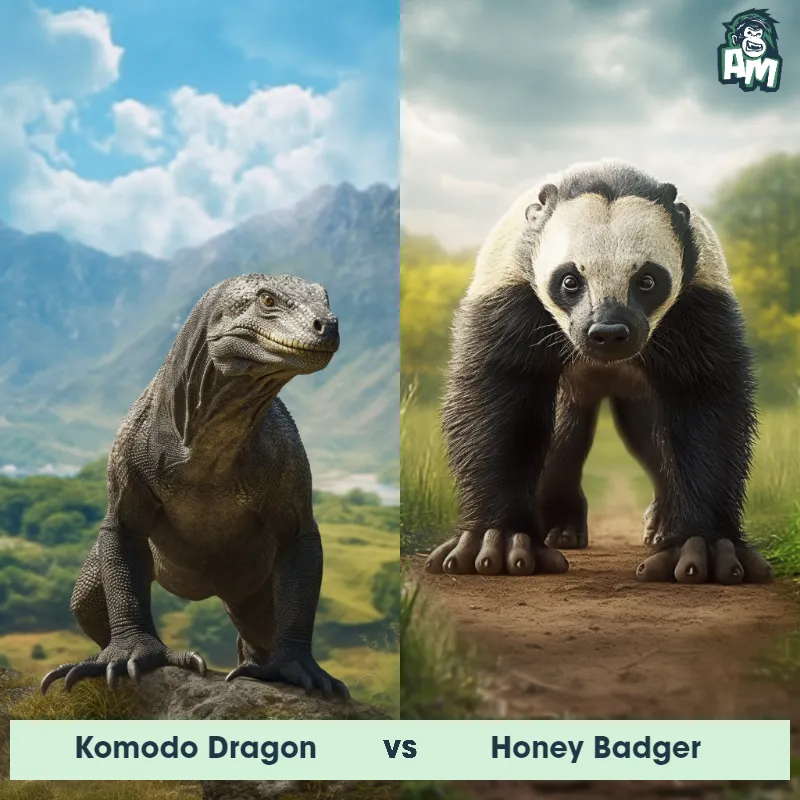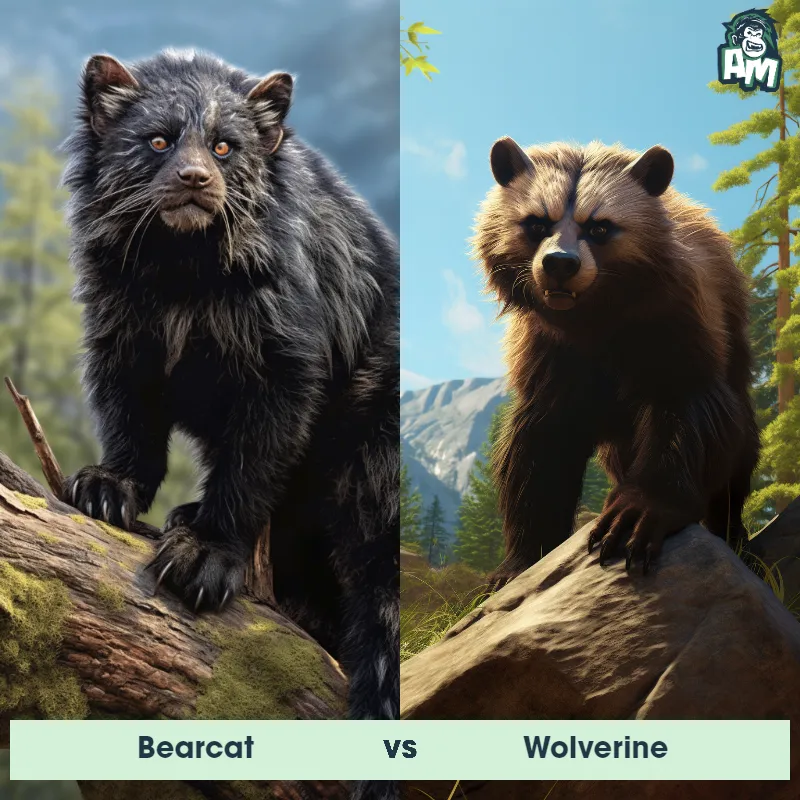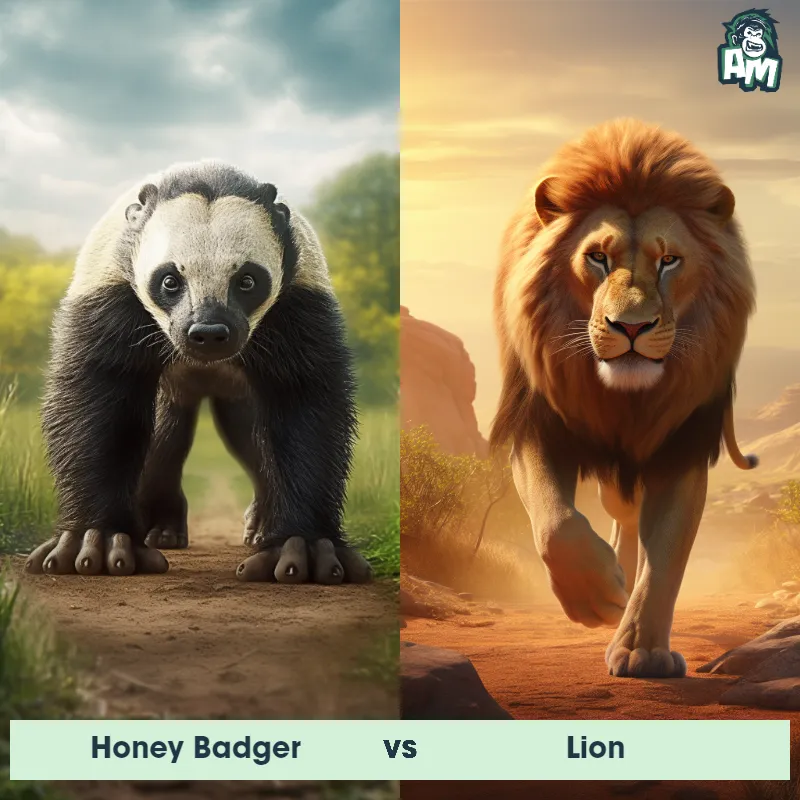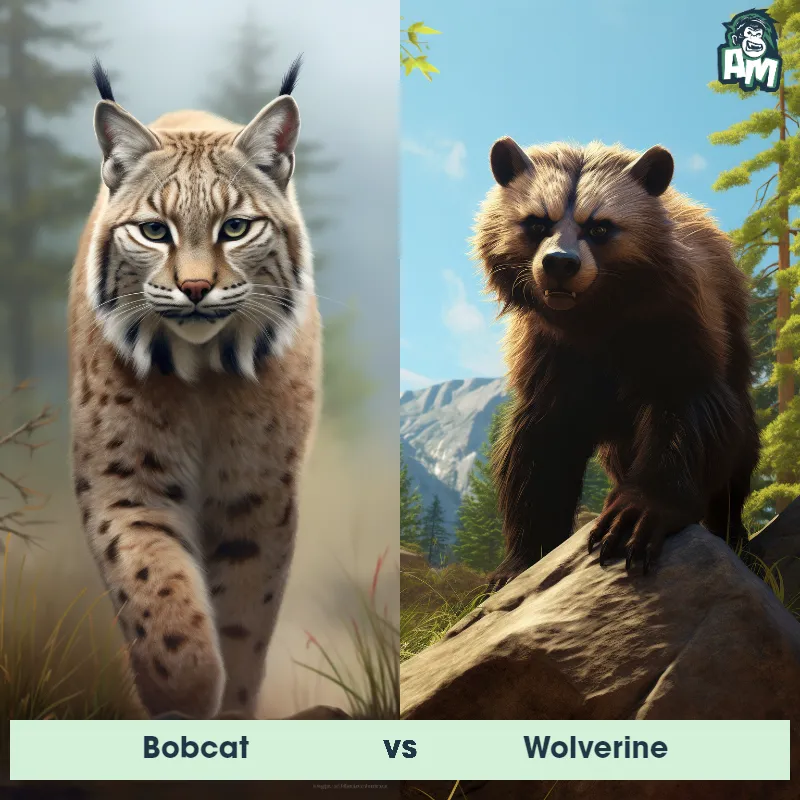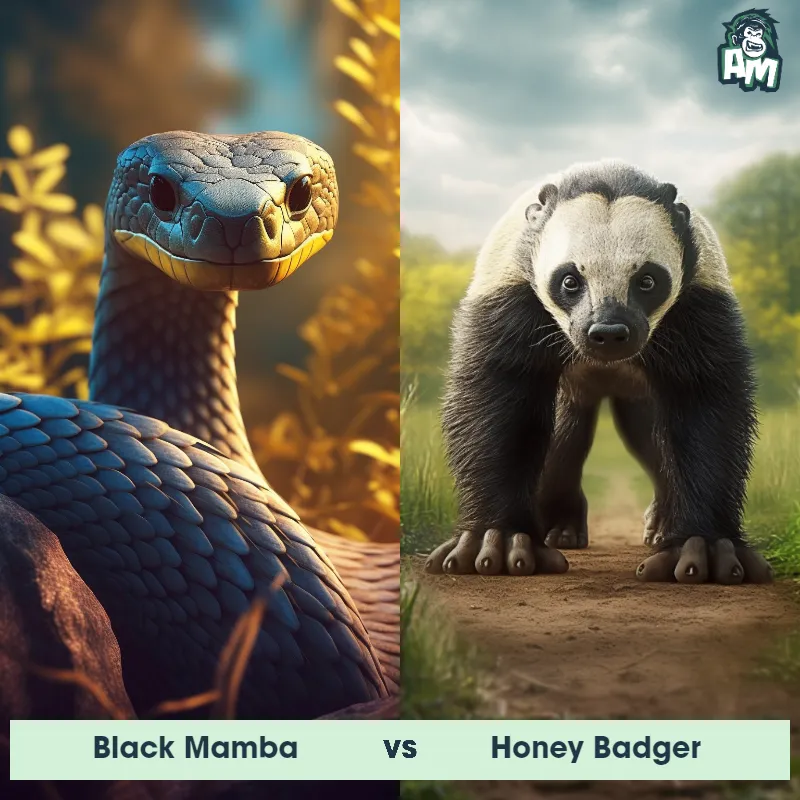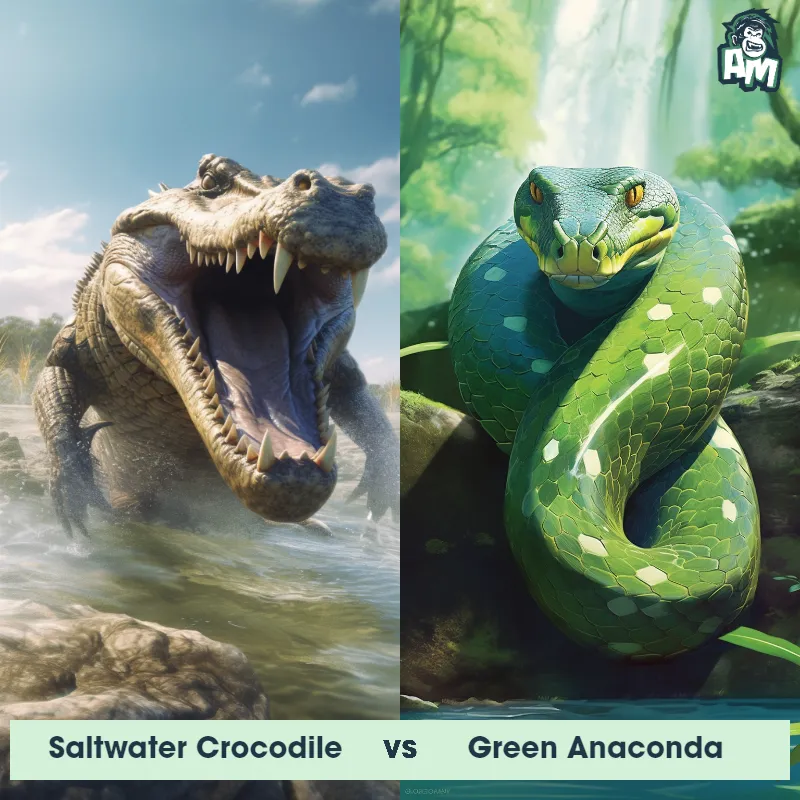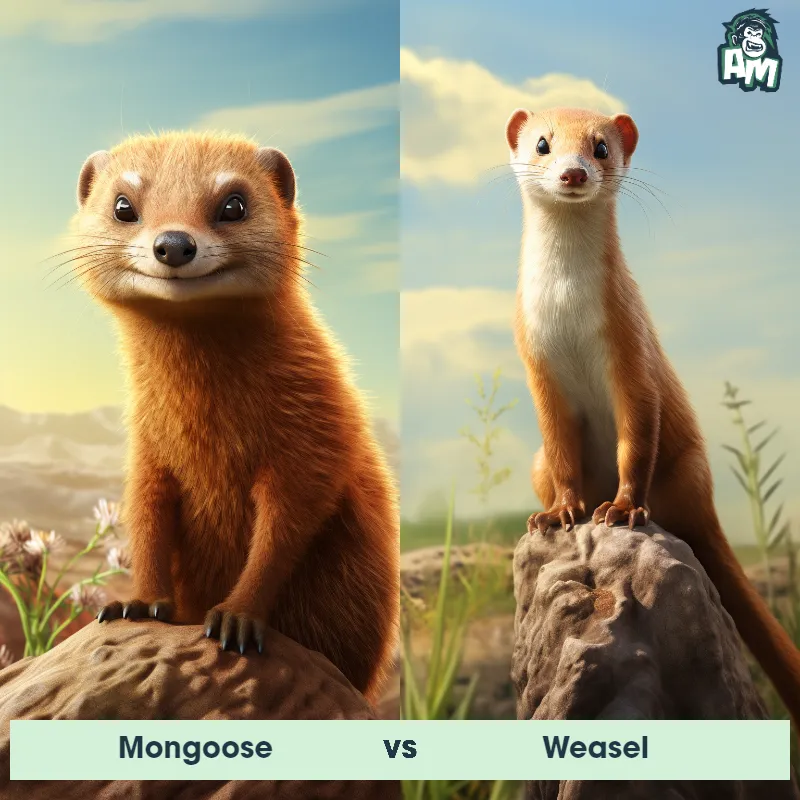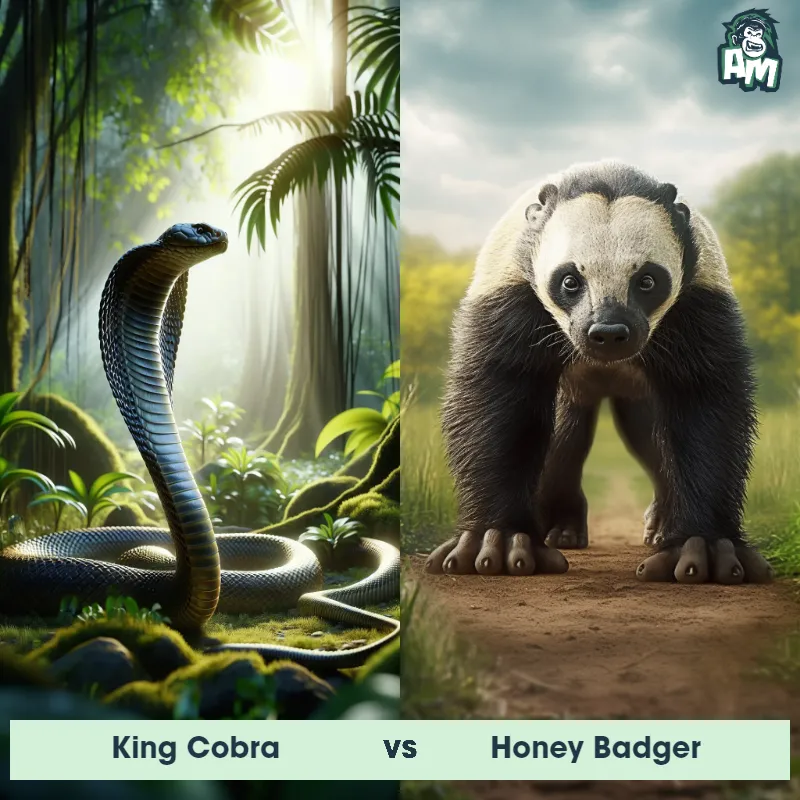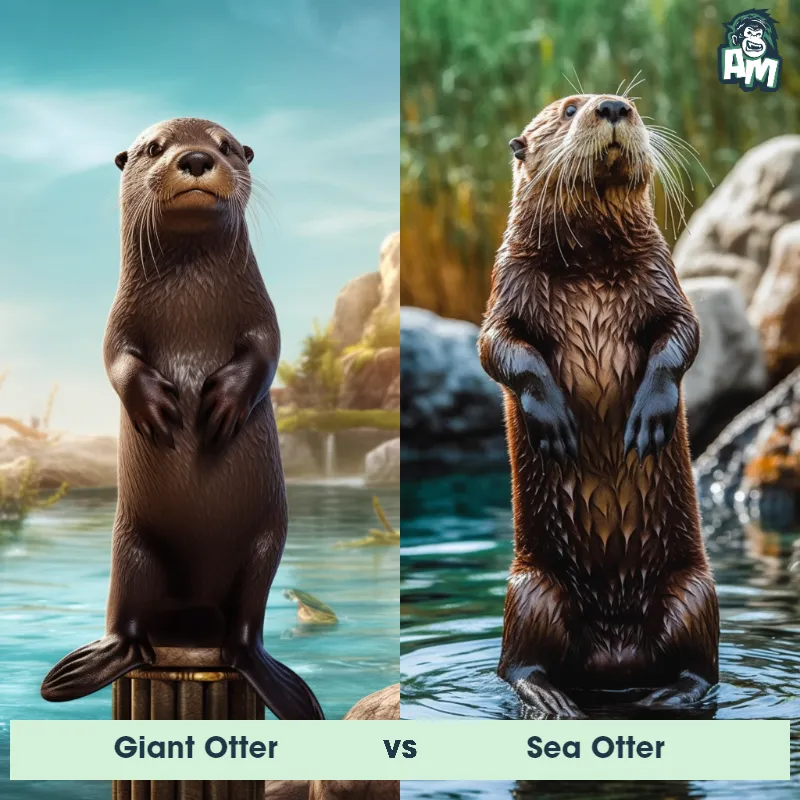Giant Otter vs Green AnacondaSee Who Wins

Welcome, ladies and gentlemen, to this epic showdown between a Giant Otter and a Green Anaconda. Both animals are known for their strength and agility, so it's sure to be a thrilling match-up here today.
Contender 1: Giant Otter
The Giant Otter, also known as the Giant River Otter or the South American Otter, is the largest of all otter species, measuring up to 6 feet in length and weighing up to 70 pounds. They have sleek, dark brown fur with white or cream-colored markings on their throat and chest. Their webbed feet and powerful tail make them excellent swimmers, and they are known for their ability to catch fish with their sharp teeth and strong jaws.
Fun Fact: Giant otters, known as the “river wolves” of South America, can grow up to 6 feet long — and they make loud, chirpy calls to keep in touch with their family while hunting piranhas!
Contender 2: Green Anaconda
The Green Anaconda, also known as the common anaconda, is one of the largest and heaviest snakes in the world, with females growing up to 30 feet long and weighing over 500 pounds. They have a dark green coloration with black oval spots along their back and sides, and their eyes and nostrils are located on the top of their head, allowing them to breathe and see while mostly submerged in water. They are non-venomous constrictors, using their powerful muscles to squeeze their prey to death before swallowing them whole.
Fun Fact: Green Anacondas are excellent swimmers and can stay underwater for up to 10 minutes, using their nostrils to breathe while submerged.
Matchup Stats
| Giant Otter | Green Anaconda | |
|---|---|---|
| Size | Up to 6 feet (1.8 meters) in length | Up to 30 feet (9.1 meters) long |
| Weight | Up to 70 pounds (32 kilograms) | Over 500 pounds (227 kilograms) |
| Speed | Speed: 22 mph (35 km/hr) | Speed: 5 mph (8 km/hr) |
| Key Strength | Powerful jaws and sharp teeth | Powerful constricting muscles |
| Biggest Weakness | Vulnerable to attacks on land | Slow movement on land |
Current Votes
Giant Otter vs Green Anaconda
See Who Wins
View More Matches
Looking For More?
Similar Matches
Scientific Stats
| Giant Otter | Green Anaconda | |
|---|---|---|
| Scientific Name | Pteronura brasiliensis | Eunectes murinus |
| Family | Mustelidae | Boidae |
| Habitat | Freshwater rivers, lakes, and swamps | Freshwater rivers, swamps, and marshes |
| Geography | South America, specifically the Amazon, Orinoco, and La Plata river systems | South America |
| Diet | Fish, crustaceans, and small mammals | Carnivorous, feeding on a variety of prey including fish, birds, mammals, and reptiles |
| Lifespan | 8 years - 10 years | 10 years - 30 years |
Key Differences between Giant Otter and Green Anaconda
- Behavior: Giant Otters are highly social animals that live in family groups, while Green Anacondas are solitary predators that are known to ambush their prey.
- Diet: Giant Otters are carnivorous mammals that primarily feed on fish, while Green Anacondas are carnivorous snakes that feed on a variety of prey including fish, birds, and mammals.
- Size: The Giant Otter is much smaller in size, reaching lengths of around 5-6 feet, while the Green Anaconda is one of the largest snakes in the world, capable of growing up to 20 feet or more.
- Color: The Giant Otter has a predominantly dark brown fur with white markings on the throat and chest, whereas the Green Anaconda is typically olive green in color with black spots along its body.
- Body shape: The Giant Otter has a long, sleek body with a streamlined shape for swimming, while the Green Anaconda has a thick, muscular body that is better suited for constricting prey.
- Habitat: Giant Otters are predominantly found in freshwater rivers and lakes in South America, while Green Anacondas are primarily found in the tropical rainforests and swamps of South America.



